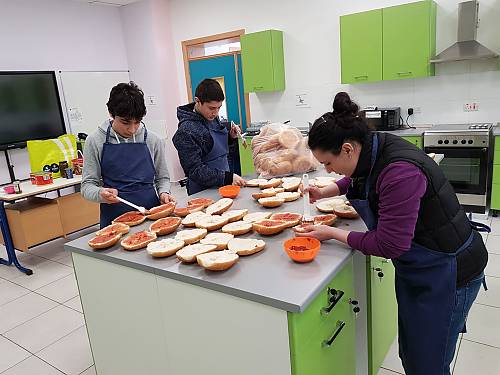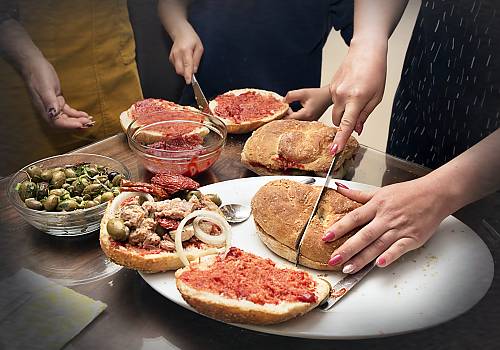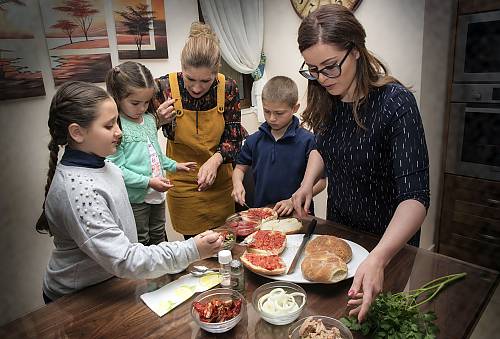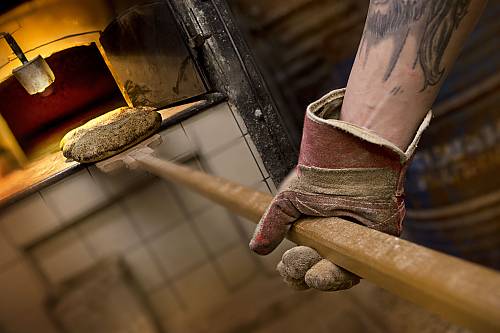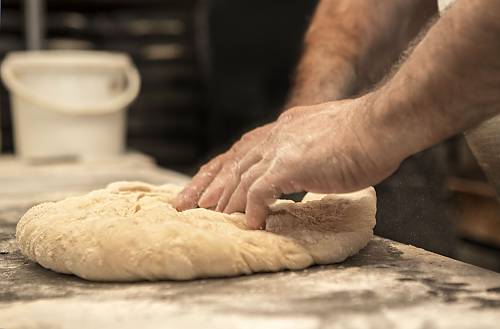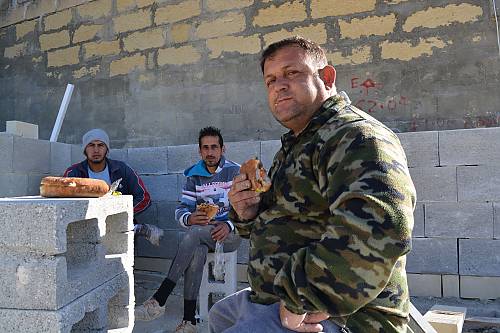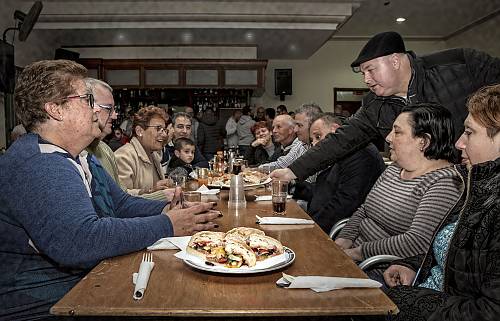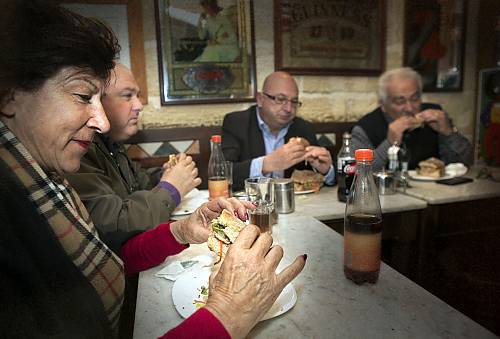Il-Ftira, culinary art and culture of flattened sourdough bread in Malta
Inscribed in 2020 (15.COM) on the Representative List of the Intangible Cultural Heritage of Humanity

Il-Ftira, culinary art and culture of flattened sourdough bread in Malta, is a key part of the cultural heritage of the inhabitants of the Maltese archipelago. Ftira has a thick crust and light internal texture, characterized by large, irregular holes (an open crumb). It is flatter than other Maltese breads and has a hotter baking temperature. The halved loaf is filled with Mediterranean-type ingredients such as olive oil and tomato, tuna, capers and olives. Seasonal variants and inventive twists can also be added. With a name derived from Arabic (fatir, meaning unleavened bread), ftira culture reflects the continuity of intercultural exchange in Malta’s history. Although other kinds of Maltese bread can be made with a mechanized process, skilled bakers are still needed to shape ftira by hand. In the bakery, apprentices learn by watching and doing, and various training programmes also exist. The skills of choosing compatible ingredients and filling ftira are passed down informally in homes, as well as through other channels such as social media and cooking blogs. Eating ftira as a filled snack or appetiser fosters a shared identity in Malta, bringing people together. A wide variety of people, including marginalized groups, can enter the baking profession as apprentices, and Ftira Days in schools help inform students about healthy eating.
